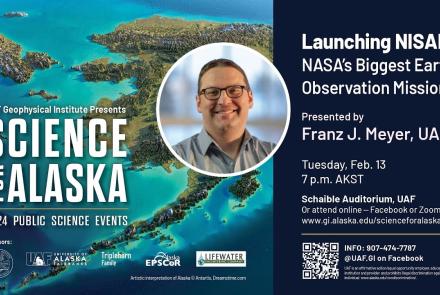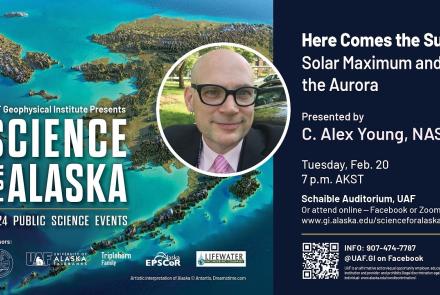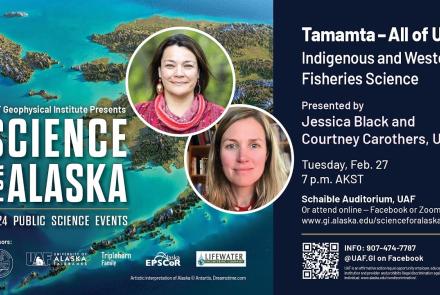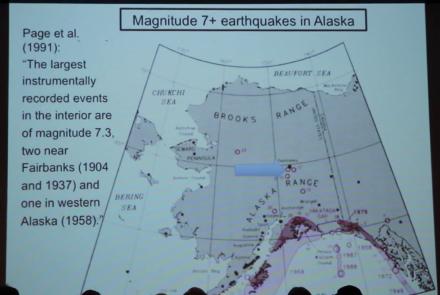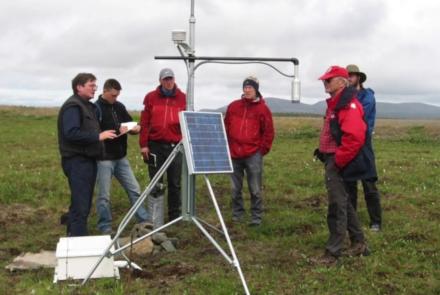Exploring the subterranean realms of Alaska’s active volcanoes

Professor
UAF-GI
Alaska, located along the North Pacific portion of the Ring of Fire, is home to 52 historically active, potentially hazardous, and spectacularly beautiful volcanoes. These not-so-silent residents of our state produce an astounding diversity in eruption styles; each volcano has a somewhat unique “personality.” In order to monitor, assess hazards, and provide timely and accurate information to the public about our restless volcanoes, we must investigate what happens within the crust of the Earth: a realm hidden from human eyes. In this talk we will observe the region beneath volcanoes, from their deep magmatic roots all the way to the surface of the Earth, and explore some of the reasons why together they exhibit an astounding array of differences in eruption style.
Jessica Larsen received her PhD in geophysics from the University of California, Santa Cruz in 1996. Since arriving at UAF in 1997 to work with the Alaska Volcano Observatory, Larsen has focused her research on petrological imaging of the subterranean plumbing systems feeding Alaska’s many, frequently active volcanoes. To discover where magmas are staged in the crust and how they cause diverse, explosive or effusive eruption styles, she combines fieldwork in the remote Aleutian Islands and creates synthetic magma using high pressure and temperature experiments conducted here at UAF in the Petrology Lab.


